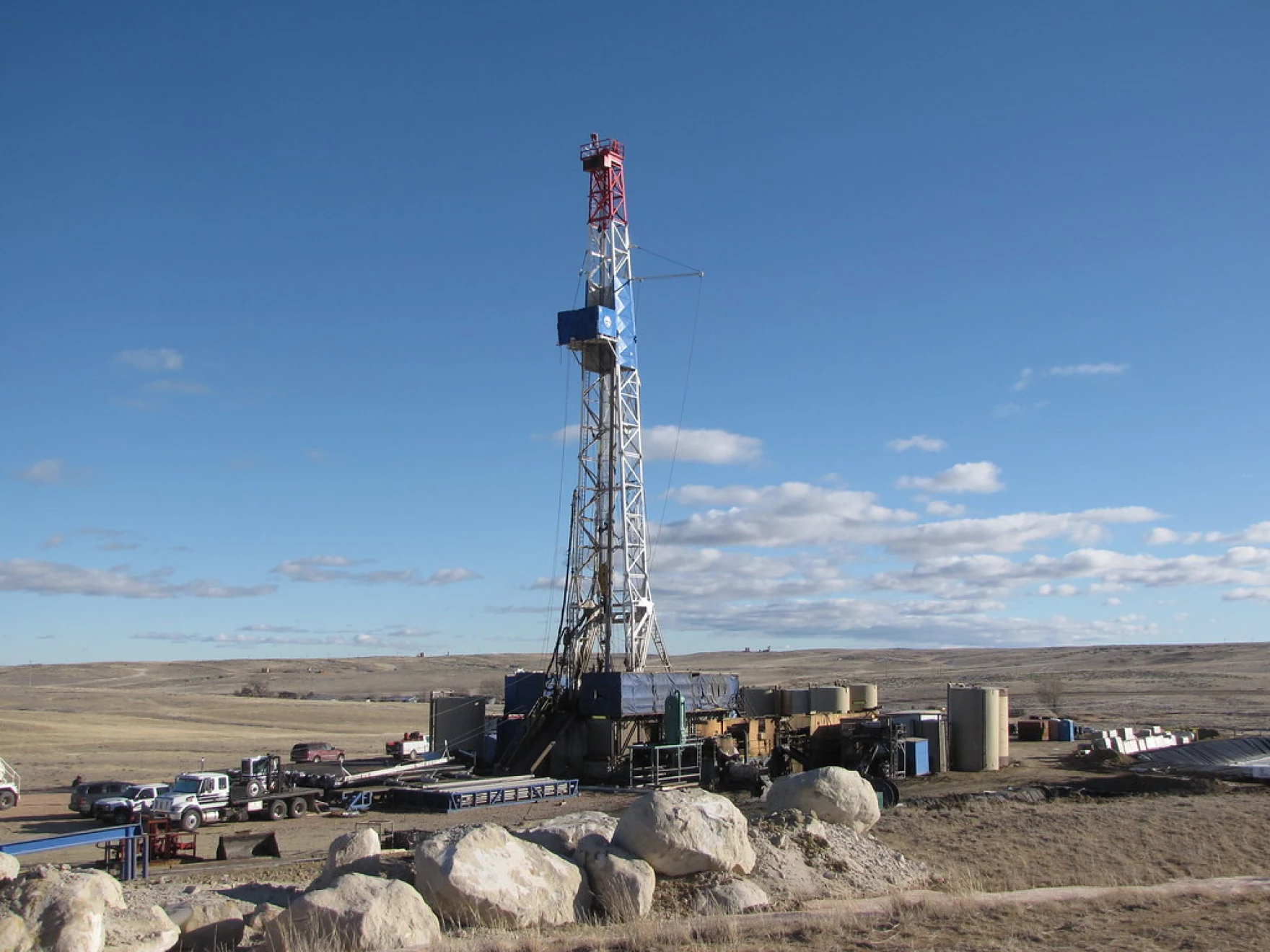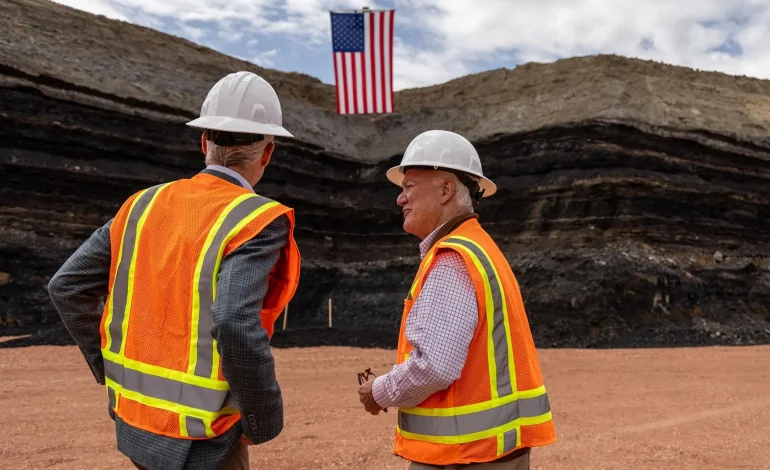Ramaco Resources, a publicly traded coal company best known for its metallurgical coal operations, is charting a new course — one that puts it in direct competition with government-backed rare earth producers.
By tapping into its newly excavated Brook Mine in Sheridan, Wyoming, Ramaco aims to become a major domestic supplier of critical minerals used in national defense, green energy, and high-tech manufacturing.
CEO Randall Atkins has made it clear: while Ramaco won’t turn down policy support, it doesn’t need federal funding to achieve its ambitions.
“Critical minerals and rare earths are to this century what oil was to the 20th century,” Atkins said.
Ramaco broke ground on the Brook Mine last month — the first new coal mine in Wyoming in over five decades. But this isn’t a traditional coal venture. The company’s focus is on extracting rare earth elements (REEs) like dysprosium, neodymium, scandium, and gallium — elements vital for everything from night-vision goggles to missile guidance systems and electric vehicle motors.
With excavation already reaching 100 feet, Ramaco unveiled a 20-foot coal seam and officially marked the opening with a ribbon-cutting ceremony attended by Energy Secretary Chris Wright and former Senator Joe Manchin.
Atkins believes this deposit is unique. Ramaco’s engineers, working with Fluor Corporation, have discovered rare earth concentrations as high as 10,000 parts per million, a density rarely seen in coal deposits globally. Atkins attributes this geological phenomenon to ancient volcanic activity in Wyoming’s Powder River Basin.
Despite the optimism, Ramaco faces stiff competition from MP Materials, operator of the Mountain Pass mine in California — currently the only active rare earths mine in the US Recently, MP received a $400 million investment from the Pentagon to expand production and build a large-scale magnet factory.
Atkins argues that his company has an edge. Mountain Pass is rich in lighter rare earths like cerium, whereas Ramaco’s Brook Mine offers heavier and higher-value rare earths — and without radioactive byproducts.
Still, the economics of REEs remain complicated. China dominates the global rare earths market, influencing prices through state-controlled enterprises. Unlike MP, which is leveraging federal dollars, Ramaco plans to self-finance the development of its pilot processing plant, targeted for completion by late 2026.
Ramaco brings the rare earths venture as a bolt-on operation to its profitable metallurgical coal business. The company, which went public in 2017, posted $11 million in earnings on $670 million in revenue and has seen its stock rise 80% this year. Profits largely stem from its coking coal mines in West Virginia and Virginia.
A recent 2.5% tax credit for metallurgical coal, signed into law by President Trump on July 4th, adds an extra financial cushion. The legislation was supported by senators from Wyoming and West Virginia, including Sen. Cynthia Lummis and Sen. Jim Justice.
While Atkins says he doesn’t want federal investments like MP has secured, he is calling for strategic policy support. Specifically, he advocates for the creation of a US strategic reserve for rare earths, modeled after the Strategic Petroleum Reserve, and the development of a domestic price index to stabilize market expectations.
Ramaco’s ambitions extend beyond raw extraction. Partnering with the Oak Ridge National Laboratory, the National Energy Technology Laboratory, and MIT, the company is exploring methods to process coal into carbon-based materials like synthetic graphite and carbon fiber.
In one project, MIT researchers are working to train proteins to selectively extract rare earths from coal slurry — a novel bioengineering approach to refining.
“It’s the ultimate heterogeneous material,” says Atkins. “Too valuable to burn.”
He has even proposed a rebranding of coal as “carbon ore,” reflecting its broader material potential.
Though Ramaco is just beginning to extract from its Wyoming site, the company projects it can eventually meet 10% of total US rare earth demand, which currently stands around 10,000 tons per year — most of it imported from China.
While questions remain about long-term pricing, refining capacity, and environmental permitting, Atkins sees opportunity where others have seen risk.
“We realized a new thermal coal mine was not going to happen,” he said, referring to the shift away from coal for power generation. “That began the quest: what else can you do with this stuff?”
The original story by Christopher Helman at Forbes.









The latest news in your social feeds
Subscribe to our social media platforms to stay tuned